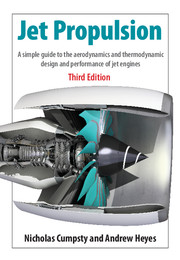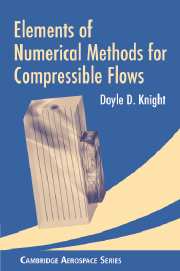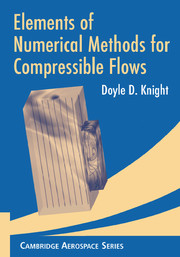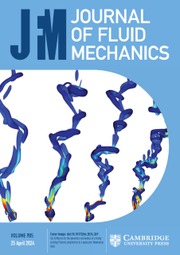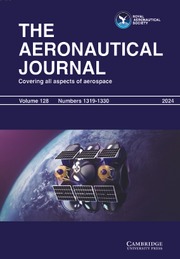Gas Turbines
This long-awaited, physics-first and design-oriented text describes and explains the underlying flow and heat transfer theory of secondary air systems. An applications-oriented focus throughout the book provides the reader with robust solution techniques, state-of-the-art three-dimensional computational fluid dynamics (CFD) methodologies, and examples of compressible flow network modeling. It clearly explains elusive concepts of windage, non-isentropic generalized vortex, Ekman boundary layer, rotor disk pumping, and centrifugally-driven buoyant convection associated with gas turbine secondary flow systems featuring rotation. The book employs physics-based, design-oriented methodology to compute windage and swirl distributions in a complex rotor cavity formed by surfaces with arbitrary rotation, counter-rotation, and no rotation. This text will be a valuable tool for aircraft engine and industrial gas turbine design engineers as well as graduate students enrolled in advanced special topics courses.
- Provides a common physics-based language of communication between academic researchers and practicing design engineers
- Allows readers to develop a wholesome understanding of modern gas turbine designs and of emerging concepts of the 'Internet of Things (IoT)' and 'Digital Twins'
- Features a unique blend of 1-D modeling methods with 3-D computational fluid dynamics (CFD), providing readers with a better understanding of their computer-generated results
Reviews & endorsements
'… it delivers a good reference text for the bookshelves of engineers practicing in this subject.' Dr. Adrian Spencer, The Aeronautical Journal
Product details
September 2018Adobe eBook Reader
9781316766989
0 pages
0kg
This ISBN is for an eBook version which is distributed on our behalf by a third party.
Table of Contents
- 1. Overview of gas turbines for propulsion and power generation
- 2. Review of thermodynamics, fluid mechanics, and heat transfer
- 3. 1-D flow and network modeling
- 4. Internal flow around rotors and stators
- 5. Labyrinth seals
- 6. Whole engine modeling.


